Collioure, return from fishing.
Signed lower right.
Jacques Martin-Ferrieres (1893-1972).
He finds himself, from his birth, in a complicated situation. His family and the arts form a great love story, which the young Martin could not avoid. Indeed, his father is the famous Henri Martin, a painter of great renown.
Faced with such talent, the young boy took a direct interest in painting but did not dare to start, for fear of being called "the son of...". He then began studying literature and science.
This scientific diploma will serve him enormously for later thanks to his knowledge of chemistry which will allow him to work on his pictorial techniques.
It was in the 1920s that the artist began to win prizes, such as the Silver Medal at the Paris Salon for "Le Christ".
On his return from his trip to Italy, he set up his first personal exhibition. After winning the Gold Medal for "Marche d'Assissi", critics are increasingly interested in him and agree that this painter has talent.
The year 1933 is synonymous with travels in southern Europe. His painting and especially his colors change according to the country in which he is, with a more or less pink light for Greece, or very vivified for Spain.
The war period interrupted his travels to practice the Resistance in Dordogne. Travel is resuming everywhere in Europe and especially in Italy, which is a land that strongly inspires Martin-Ferrieres.
His success enabled him to respond to commissions, one of which occupied him nearly four years of his life, for the creation of large frescoes at the Church of Saint-Christophe de Javel in Paris.
He was named Officer and then Chevalier of the Legion of Honor.


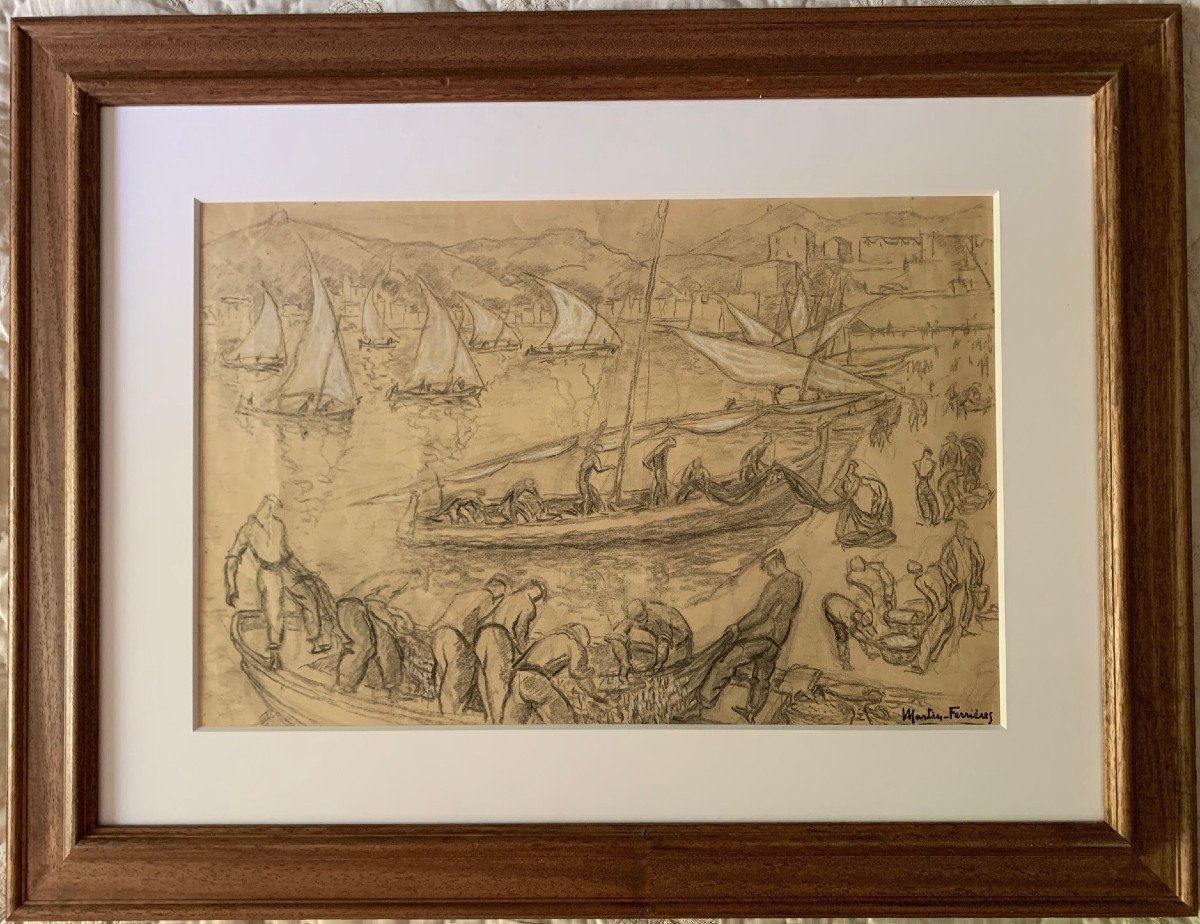
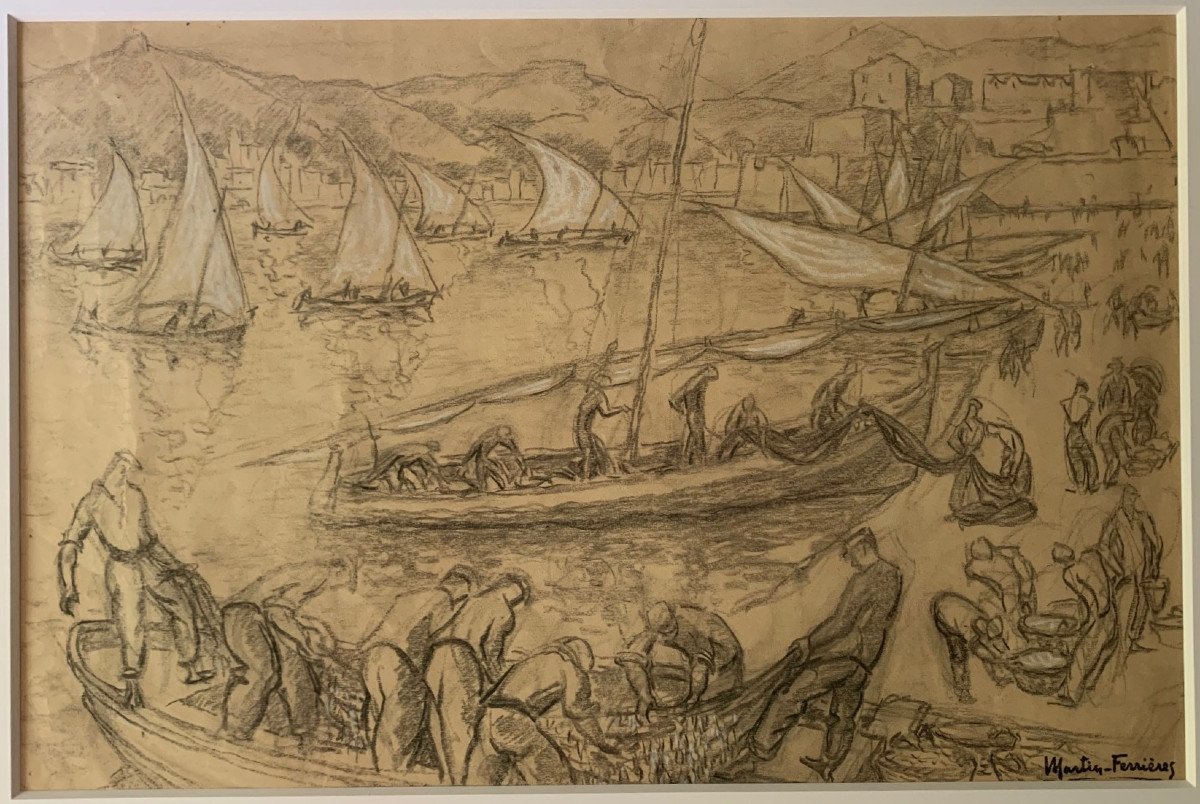
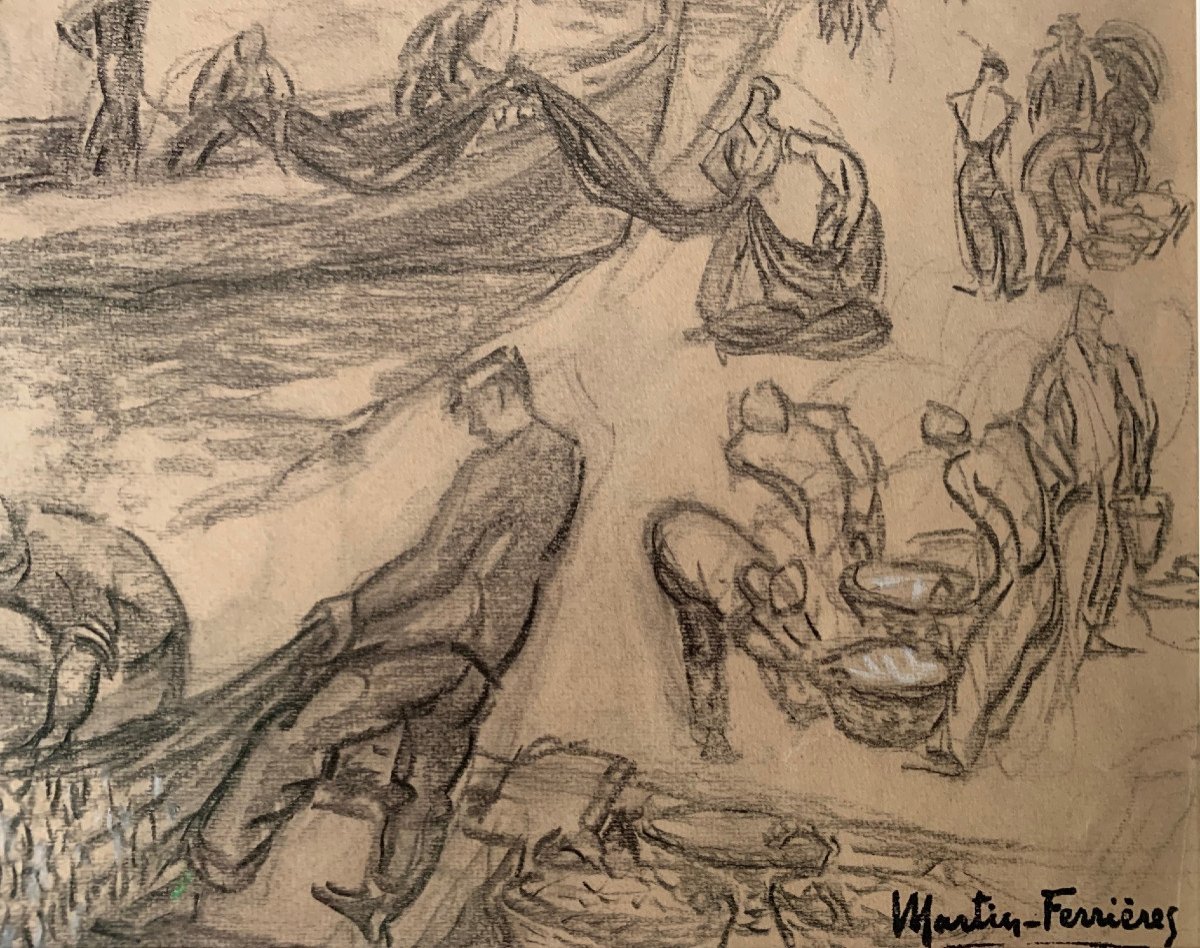
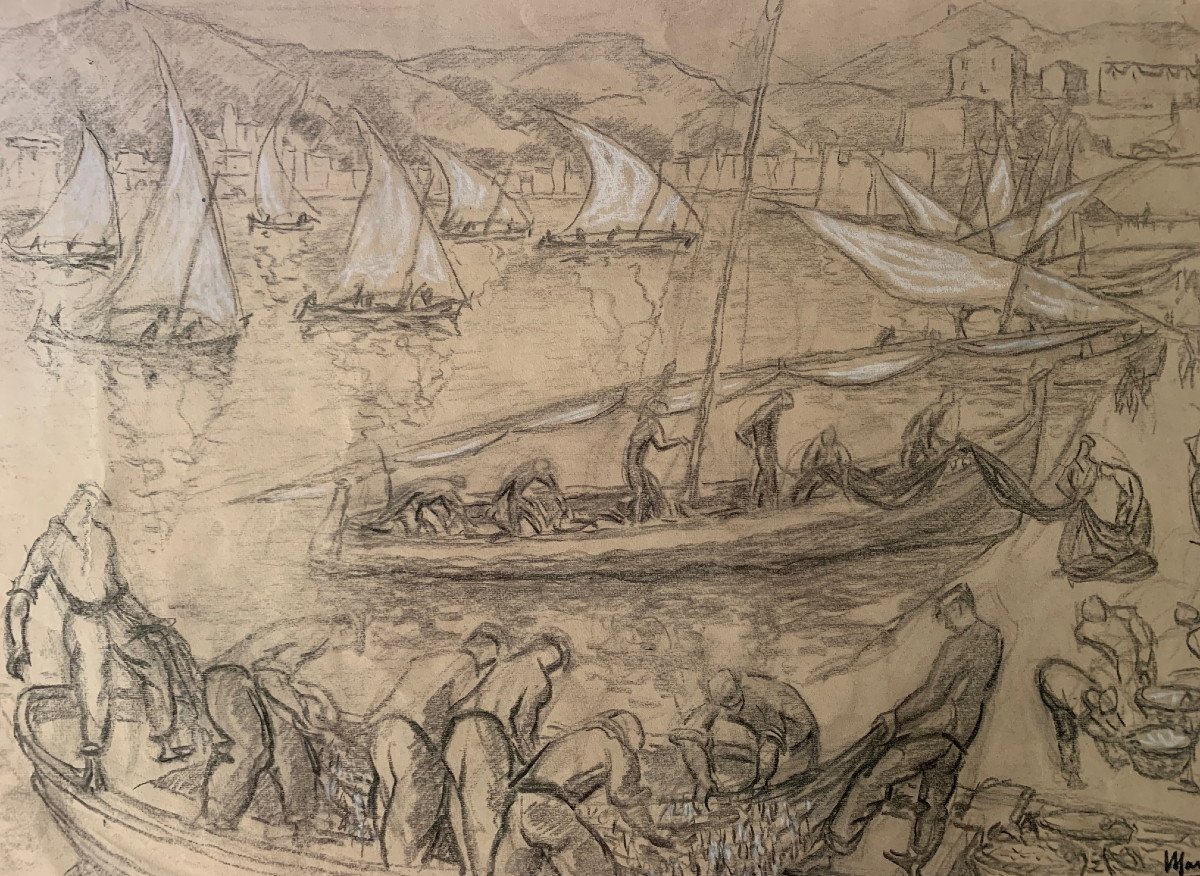






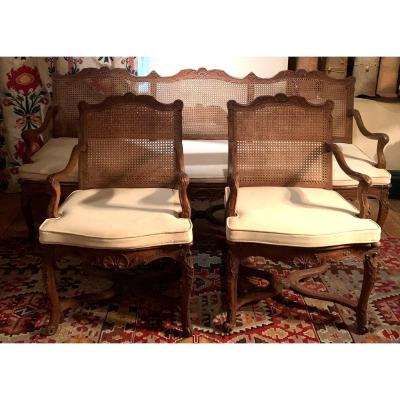

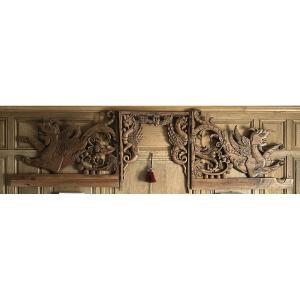


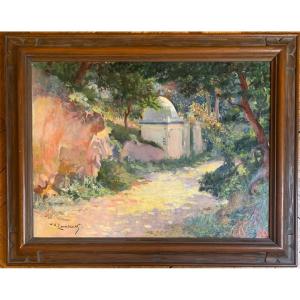
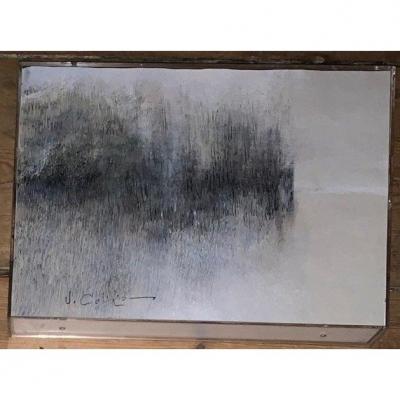
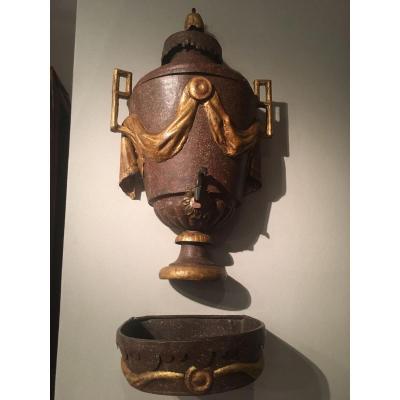

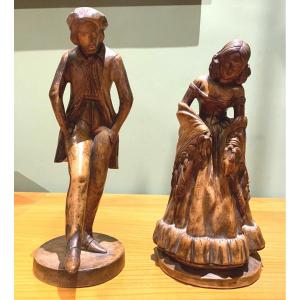
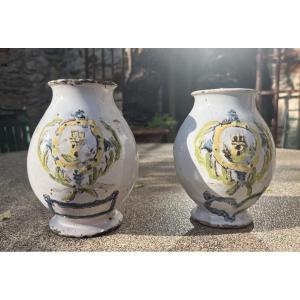
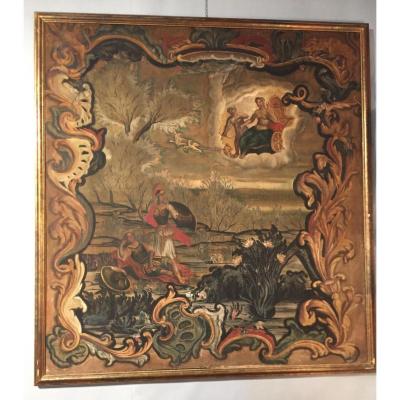

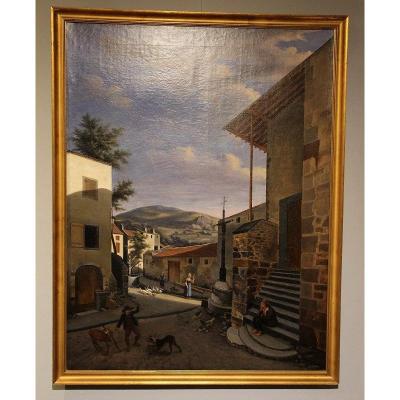


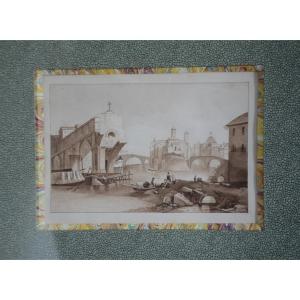
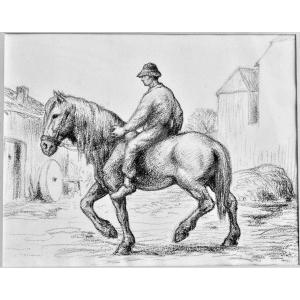





 Le Magazine de PROANTIC
Le Magazine de PROANTIC TRÉSORS Magazine
TRÉSORS Magazine Rivista Artiquariato
Rivista Artiquariato